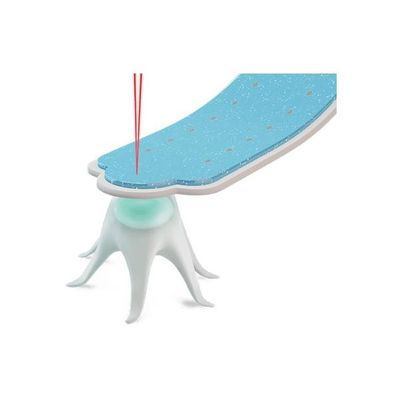

- Home
- Companies
- Cytosurge AG
- Applications
- Mechanobiology and single-cell adhesion ...

Mechanobiology and single-cell adhesion measurements with FluidFM - Medical / Health Care - Clinical Services
Measure up to 200 cells a day
Through simple & reversible immobilization
Huge force range
Measure forces from pN up to µN
Many cell types & colloids
For mammalian cells, microbes, and colloids
The FluidFM OMNIUM is an automated system for measuring up to 200 single cells a day. Get reproducible, direct force measurements in high quality and with sound statistics.
- High throughput
- Direct force measurement
- Easy-to-use & reproducible
- Compatible with standard cell-laboratory materials
As objects like cells or colloids can be quickly exchanged through reversible immobilization, measurement throughput is increased more than 10-fold. Up to 200 individual objects can be analyzed in a single day.
The suction method of immobilizing the objects onto the FluidFM cantilever makes it reversible and avoids any glue: Pick. Measure. Release. Repeat.
Cells and colloids come in a wealth of shapes and sizes. FluidFM single-cell force spectroscopy works with adherent or suspension mammalian cells, spheric or rod-shaped microbes, and with colloids, bubbles, and droplets from 0.5 to 100 µm particle size. FluidFM can handle them whether they are hundreds of nm or dozens of µm in diameter. Customers have even analyzed non-colloidal E.coli cells.
Whether due to degradation, contamination or a required change of probe geometry or chemistry – you can switch the probe at anytime. Just release the object, change the probe, and take up the object again. Our FluidFM Probes typically last for several force spectroscopy measurement days allowing the analysis of several hundred cells.
The position of the object on the FluidFM cantilever is given by the position of the aperture. Thus, every colloidal probe will be centered automatically and at the same position – as long as the same FluidFM Probe is used. This results in highly reproducible positioning.
The various stiffnesses and opening diameters of FluidFM Probes enable to measure forces from tens of pN up to µN.
Pick-up cells directly from a substrate or attract them from a solution via liquid influx to the aperture of the FluidFM Probe. This method is also recommended when the long-term adhesion of a microbe to a substrate is too strong to quantify, and hence shorter-term interactions are studied. Some customers have also performed particle and microbe measurements in air.
